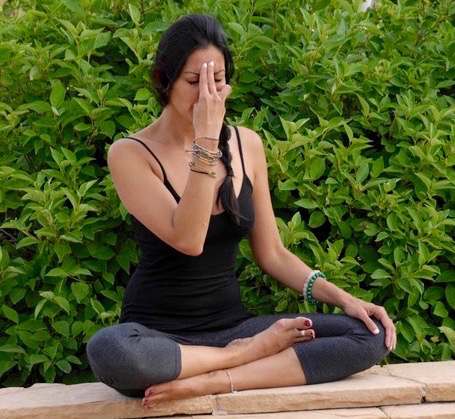Just Breathe
The way we breathe affects the chemistry of our brain in a way that can enhance our attention and improve our brain health.
The Science of Pranayama
Pranayama is breath control. Learning to control one’s breath through expansion and restraint allows this vital force energy to impact the body’s health.
“Prana” is energy, “yama” means control. We are controlling the way energy moves through our body. This vital life force energy is known as chi (qi) in Chinese medicine.
Through a study performed in Trinity College, it was concluded that controlled breathing directly affects the levels of a natural chemical messenger in the brain called noradrenaline (also known as norepinephrine).
Noradrenaline is released when we exercise, are challenged, focused, or emotionally aroused. If this chemical messenger is produced at the right levels, the brain can create new neural connections. .
This study looked at how the brain is effected during controlled breathing. This was done by measuring breathing, reaction time, and brain activity in a small area in the brainstem called the locus coeruleus.
The locus coeruleus is located in the brainstem and is part of the Reticular Activating System (a network of nerve pathways). The locus coeruleus is where noradrenaline is made. The function of noradrenaline is to mobilize the brain and body for action, also known as “the fight or flight response”.
If we are stressed we can produce too much noradrenaline and if we are feeling low we can produce too little noradrenaline. Both situations cause a loss of concentration and focus. When we have the right amount of noradrenaline, our thinking and memory are sharper.

As you inhale, the activity in the locus coeruleus increases and as you exhale, the activity decreases. This means our attention is influenced by our breath. By focusing and regulating the breath, attention increases.
When the chemical messenger noradrenaline is regulated through breathing, the brain creates new neural networks. Memory, attention, and emotional stability are enhanced.
Just Breathe
There are different forms of pranayama that effect the body and mind in powerful ways.
For example, Nadhi Shodhana, alternate nostril breathing, restores respiratory function, improves functioning between the right and left hemispheres of the brain, cleans toxins, balances hormones and chemical messengers in the nervous system, and focuses the mind. This specific breath work can be utilized for asthma and lung issues, concentration, and emotional issues effecting the heart and lungs (grief, loneliness, etc)

Nadhi Shodhana
Take a comfortable and tall seat, making sure your spine is straight and your heart is open.
Relax your left palm comfortably into your lap and bring your right hand in front of your face.
With your right hand, bring your pointer finger and middle finger to rest between your eyebrows, lightly using them as an anchor. The fingers we’ll be actively using are the thumb and ring finger. **Mrigi Mudra (“deer seal”)
Close your eyes and take a deep breath in and out through your nose.
Close your right nostril with your right thumb. Inhale through the left nostril slowly and steadily.
Close the left nostril with your ring finger so both nostrils are held closed; retain your breath at the top of the inhale for a brief pause.
Open your right nostril and release the breath slowly through the right side; pause briefly at the bottom of the exhale.
Inhale through the right side slowly.
Hold both nostrils closed (with ring finger and thumb).
Open your left nostril and release breath slowly through the left side. Pause briefly at the bottom.
Repeat 5-10 cycles, allowing your mind to follow your inhales and exhales.
Allow your breathing to come back to normal. Just Breathe.
~Puja
Return to Blog
(Study: Coupling of respiration and attention via the locus coeruleus: Effects of meditation and pranayama’ in the journal Psychophysiology, 2018)
